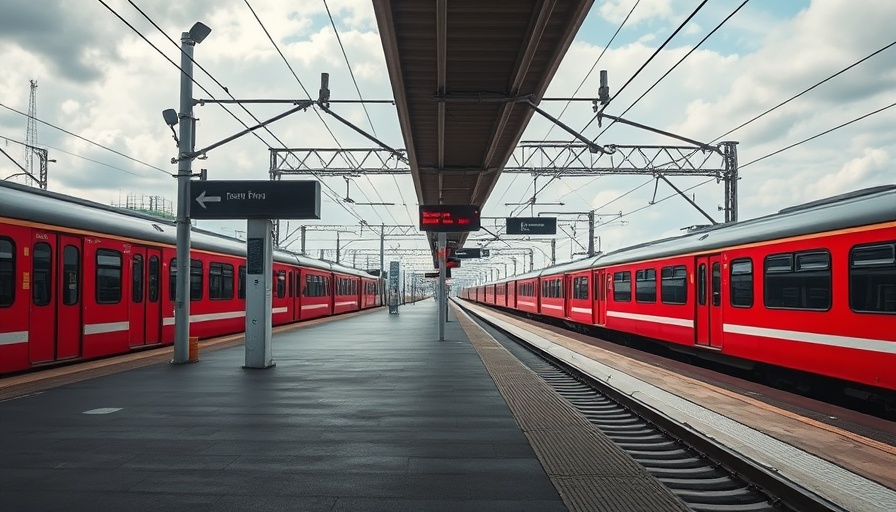
Stanmore Station: A Unique Travel Puzzle
Located on the border of Hertfordshire and London, Stanmore station serves as the northern terminus of the Jubilee line, welcoming commuters from across the city. However, it’s not merely a gateway for travelers but also a puzzle for first-time visitors. The station is notorious for its perplexing platform numbering system, with platforms confusingly arranged as 2, 1, and 3, rather than the expected numerical order of 1, 2, and 3. This has led many hurried passengers to find themselves at the wrong platform during peak travel times.
The Unconventional Layout Explained
Stanmore’s unusual layout stems from its history and modifications over the decades. Opening in 1932 as part of the Metropolitan Railway, Stanmore was transferred to the Bakerloo line in 1939 and then the Jubilee line in 1979. Remarkably, the station’s third platform wasn’t constructed until 2004, a whopping 74 years after the initial launch. This delayed addition has contributed to the current numbering fiasco: platform one is to the left, platform two in the middle, and platform three on the right. The abrupt installation of the new platform forced Transport for London (TfL) to bypass the logical renumbering, creating inefficiencies that persist even after 12 years.
Impact on Daily Commuters
For locals and new residents alike, understanding the oddities of Stanmore station is crucial to enjoying stress-free travel. Young homeowners, tech-savvy professionals, and environmentally conscious commuters alike can find themselves frustrated by this quirk. It’s essential, especially for those who lead busy lives and prefer quick commute times, to be aware of these nuances. A little preparation—such as checking platform numbers ahead of arrival—can go a long way in ensuring a smooth journey.
Local Spotlights and Community Engagement
In a city known for its rapid pace and modern conveniences, Stanmore station remains a symbol of London’s rich yet often quirky history. The station has become a talking point among local residents, prompting discussions about transport efficiency and the need for improvements. This type of community engagement is essential, as it builds connections among neighbors and highlights shared experiences. Local homeowners often share tips on navigating the station through social media or community forums, fostering a sense of camaraderie and support.
Future Improvements and Predictions
Looking ahead, there are hopes for improvements at Stanmore station. With increasing passenger numbers, Transport for London is now prompted to consider a revamp of the station’s layout. Potential plans may involve not just renumbering the platforms but enhancing overall usability—making this local hotspot more accessible for everyone, particularly families and individuals with mobility challenges. Improvements would not only heighten convenience but could also positively affect the local real estate as well as commuter satisfaction.
Why Every London Resident Should Care
The experience at Stanmore station serves as a reminder of the importance of community transport. As young homeowners invest in property and become integral parts of their neighborhoods, understanding local transit options becomes crucial. Ensuring that public transport aligns with the needs of the community can help improve everyone’s quality of life. As they navigate their musical lives within London's urban rhythm, residents must unite to advocate for better services, turning frustrations into constructive discussions on progress.
Your Role in Enhancing Local Transport
So how can you, as a London homeowner, play a part in this local story? Engaging in discussions about transport issues and pushing for improvements can empower your community. Start by voicing concerns to your local council or participating in community forums. Likewise, sharing your experiences—both good and bad—can inspire deeper connections and foster understanding among your neighbors. Ultimately, collective advocacy can transform quirks into valued experiences!
 Add Row
Add Row  Add
Add 




Write A Comment